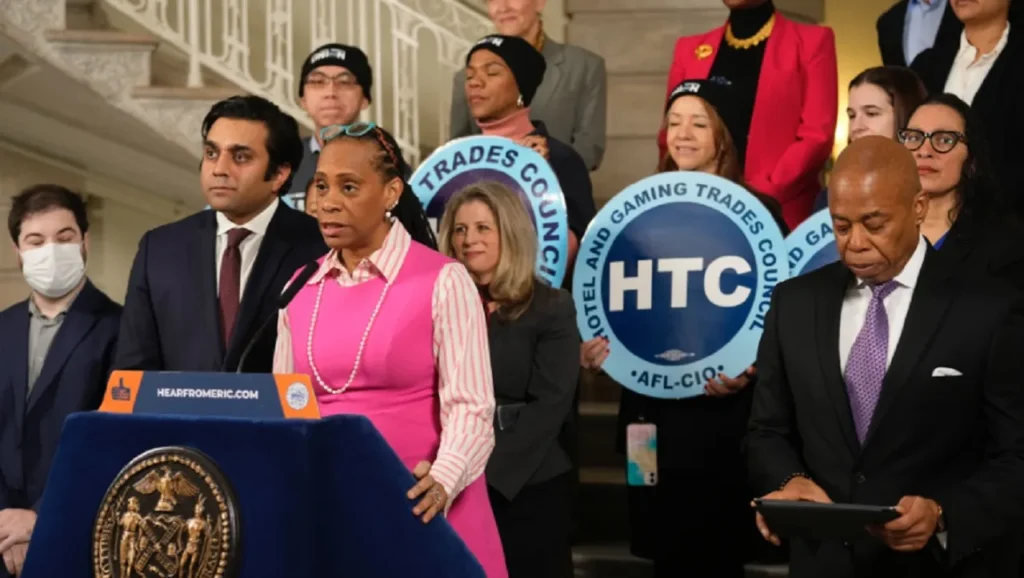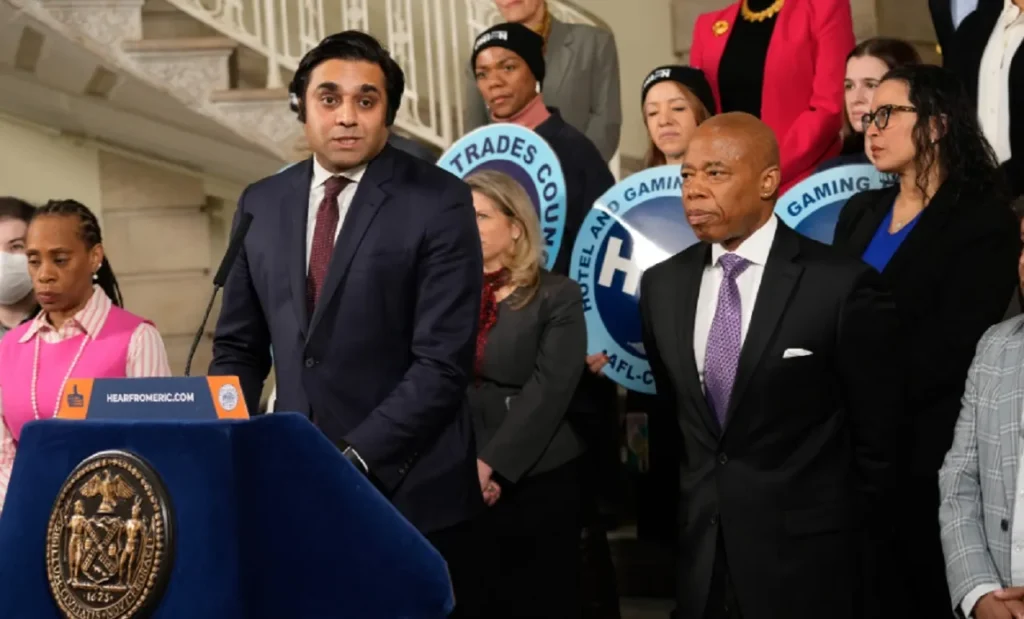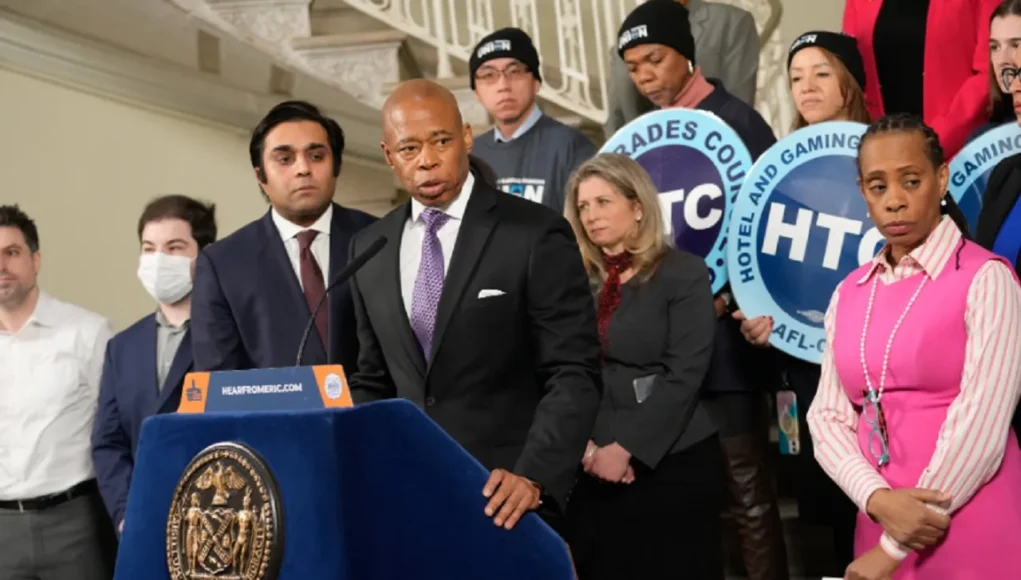Today’s good news: a great story comes from New York City.
New York City, a bustling metropolis often hailed as the epitome of the American dream, is taking a monumental step towards alleviating the financial burdens of its residents. In an unprecedented move, the city is setting its sights on wiping out a staggering $2 billion in medical debt. This initiative, impacting up to half a million New Yorkers, marks a significant shift in addressing healthcare affordability, a topic that has long sparked national debate.

To truly appreciate the impact of this initiative, we must first delve into the complexities of medical debt. Across the United States, medical expenses have been a leading cause of financial distress. For many, an unexpected health crisis can lead to a spiral of debt, compounded by interest and penalties. New York City’s decision to target medical debt isn’t just a financial move; it’s a deeply humanitarian gesture, acknowledging the struggles of those facing the daunting combination of health issues and financial instability.
The implications of erasing such a colossal amount of debt are far-reaching. Firstly, for the individuals and families directly affected, this move can be life-changing. The elimination of medical debt means freedom from incessant calls from debt collectors, relief from the psychological burden of unpaid bills, and an opportunity to redirect finances towards essential living expenses or savings.
On a broader scale, this initiative can stimulate the local economy. With less debt weighing them down, residents may have more disposable income to spend, invigorating local businesses and services. Moreover, this bold move places New York City at the forefront of progressive healthcare financing strategies, potentially setting a precedent for other cities and states to follow.
While the initiative is laudable, it’s not without its challenges. Funding such a massive debt relief effort requires careful financial planning and resource allocation. The city must balance this initiative with other budgetary commitments, ensuring that the program is sustainable in the long term.

Additionally, there’s the question of fairness and precedence. Some might argue that this move could set an expectation for debt forgiveness in other sectors, potentially leading to moral hazards. It’s crucial for policymakers to address these concerns, ensuring that the program is implemented equitably and responsibly.
As New York City embarks on this ambitious journey to erase over $2 billion in medical debt, it’s clear that this initiative is about more than just numbers. It’s a statement about the value the city places on the well-being and financial health of its residents. This move is a proof to the city’s commitment to tackling some of the most pressing social and economic challenges of our time.
The eyes of the nation, perhaps even the world, will be on New York City as it navigates this bold endeavor. If successful, this initiative could herald a new era in how cities approach the issue of medical debt, combining compassion with economic savvy. For now, the city stands as a beacon of hope for many, demonstrating that with the right blend of vision and action, meaningful change is possible.
No one should have to choose between paying their rent and paying their medical bills.
Today, we announced an investment that will provide $2 billion in medical debt relief to New Yorkers struggling with this debt.
Up to half a million New Yorkers will see their medical debt… pic.twitter.com/r6XoQlDvWx
— Mayor Eric Adams (@NYCMayor) January 22, 2024







